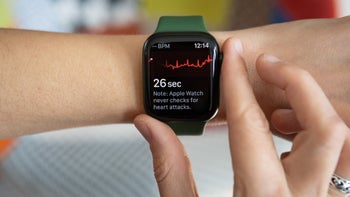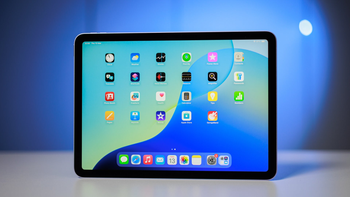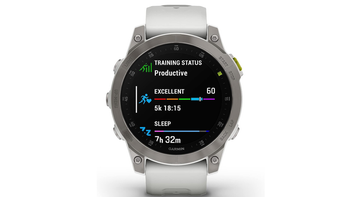Apple Watch saves a man with a collapsed lung after he was unable to reach for his iPhone

Stories about people being aided – or straightforwardly saved – by consumer electronics, are getting more and more frequent. A man in Norway fell down and was so severely injured, he couldn’t even reach for his phone. Luckily, he had a smartwatch to make a call with.
The story follows 59-year-old investment director Robert Naess, who left his house at 7 AM for his usual morning run (via AppleInsider). Shortly after he started running faster than usual, he slipped at one bend and fell, injuring his face, legs and chest into the edge of a wall. Later, the medics found that the accident had caused not only flesh wounds on his face and legs, but also multiple cracked ribs and a collapsed lung.
The worst part is that while reasonably close to a main road, the point of the accident was not in direct sight of the nearby passing cars. No help came from strangers that day.
Laying on the ground and in severe pain, not being able to breathe properly, the hurt investment director was unable to even reach out for his iPhone and make a call for help. That day he had his AirPods and Apple Watch on – that’s how he was able to call an ambulance, which came 15 minutes later.
Apple Watch SE, Apple Watch Series 4 and later offer Fall Detection. Like the name suggests, this feature detects a hard fall and can help connect users to emergency services if needed.
If the device detects a hard fall while you're wearing your watch, it taps you on the wrist, sounds an alarm, and displays an alert. You can choose to contact emergency services or dismiss the alert by pressing the Digital Crown, tapping Close in the upper-left corner, or tapping "I'm OK."
If you entered your age when you set up your Apple Watch, or in the Health app, and you’re age 55 and over, this feature turns on automatically. Make sure that your correct age appears in your Medical ID and your Health Profile. Fall Detection is available only for those 18 or older, says a dedicated page on the Apple website.
The story follows 59-year-old investment director Robert Naess, who left his house at 7 AM for his usual morning run (via AppleInsider). Shortly after he started running faster than usual, he slipped at one bend and fell, injuring his face, legs and chest into the edge of a wall. Later, the medics found that the accident had caused not only flesh wounds on his face and legs, but also multiple cracked ribs and a collapsed lung.
Laying on the ground and in severe pain, not being able to breathe properly, the hurt investment director was unable to even reach out for his iPhone and make a call for help. That day he had his AirPods and Apple Watch on – that’s how he was able to call an ambulance, which came 15 minutes later.
Fall Detection
Apple Watch SE, Apple Watch Series 4 and later offer Fall Detection. Like the name suggests, this feature detects a hard fall and can help connect users to emergency services if needed.
If the device detects a hard fall while you're wearing your watch, it taps you on the wrist, sounds an alarm, and displays an alert. You can choose to contact emergency services or dismiss the alert by pressing the Digital Crown, tapping Close in the upper-left corner, or tapping "I'm OK."
Here’s how to turn Fall Detection on or off:
- Open the Watch app on your iPhone, then tap the My Watch tab.
- Tap Emergency SOS.
- Turn Fall Detection on or off. If Fall Detection is on, you can select Always on or Only on during workouts.
If you entered your age when you set up your Apple Watch, or in the Health app, and you’re age 55 and over, this feature turns on automatically. Make sure that your correct age appears in your Medical ID and your Health Profile. Fall Detection is available only for those 18 or older, says a dedicated page on the Apple website.










Things that are NOT allowed: